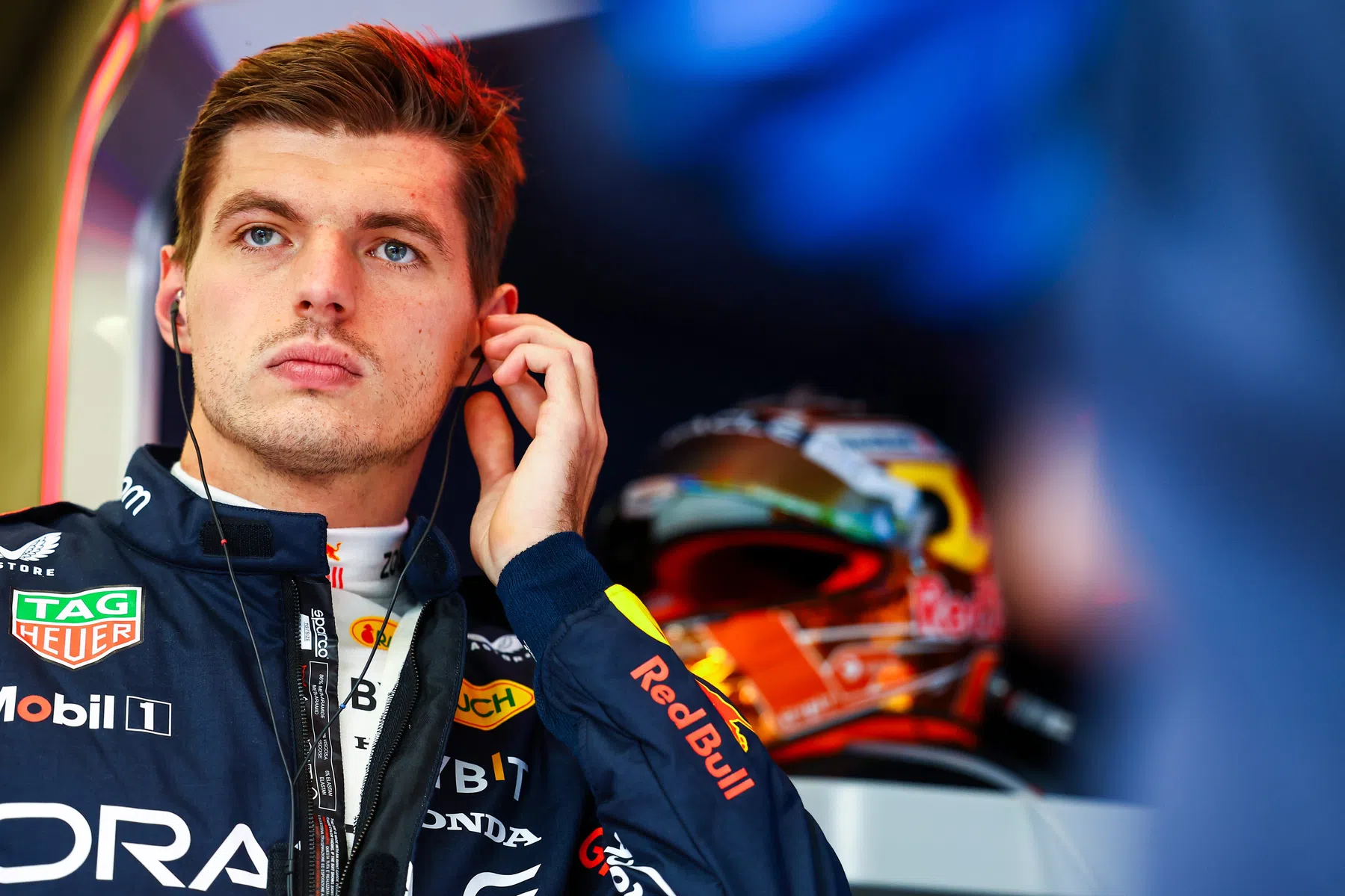Windsor compares Belgium GP to 2021 season: here's why
Red Bull Contentpool
F1 News

- Sandy van Wijngaarden
An unexpected factor that played a big role during the Belgian Grand Prix was the inability to overtake. Several drivers complained about it after the race. F1 analyst Peter Windsor explained why that happened.
Due to his grid penalty, Max Verstappen had to start the race from 11th place. Normally, the Spa-Francorchamps circuit is a track where there is huge possibily to overtake. This year this just did not prove to be the case. The Dutchman, despite his strong car, did not get to the front quickly and eventually had to settle for fifth place. After George Russell's disqualification, this became P4.
Windsor saw unexpected factor come into play
On his own YouTube channel, Peter Windsor analysed the Belgian Grand Prix. According to the Briton, there were several reasons why Verstappen failed to move further forward, despite the speed difference.
"Max Verstappen, because through sectors one and three, he was about the same as everyone else. His top speed was about the same as Ferrari and McLaren and Mercedes. Sector two is where he had his advantage. But because Max was in a DRS train for most of the race, he couldn't use his advantage. He couldn't do any DRS passes because the car in front had its wing flattened as well. And when it came to sector two, where he did have his advantage, he couldn't get near any car, regardless of who it was, particularly George Russell. And then, and as a result, his tyres went away as well because he was in that dirty air. So a strange sort of race."
The current generations of cars have been put together to ensure that the cars can follow each other better and also overtake better. According to Windsor, there is not much of that now and we are back to the 2021 season.
"I think that factor of how difficult it was to follow other cars was not something that was evident until we got to Spa this year. And of course, it is a factor of how they've made these cars since 2022, less susceptible to bouncing. The aerodynamics under the car, certain curves, certain compound curves are more aggressive now, and they've created their own turbulence. And as a result, we're almost back. We probably are back to where we were in 2021 in terms of how difficult it is to follow the car in front. And I keep saying that because the whole ethos of this current Grand Prix car formula is to make it much easier to follow the car in front. And it's no longer the case."

